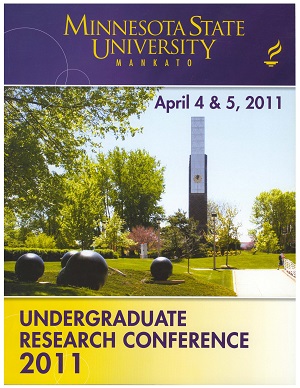Event Title
Mathematical Modeling of Vehicular Carbon Emissions
Location
CSU 284A
Start Date
5-4-2011 9:00 AM
End Date
5-4-2011 10:30 AM
Student's Major
Mathematics and Statistics, Biological Sciences
Student's College
Science, Engineering and Technology
Mentor's Name
Namyong Lee
Mentor's Department
Mathematics and Statistics
Mentor's College
Science, Engineering and Technology
Description
Carbon emissions are contributors to worldwide climate changes, with a large producer of these emissions being automobiles. Modeling emission rates caused by vehicles at certain gas price levels showed that higher gas prices will lead to an increase in the use and number of smaller vehicles (passenger cars) and a decrease in the use and number of larger vehicles (light trucks and SUVs). Using reference data from government agencies for time periods between 1994 and 2008, the effects of gas prices on emissions produced by cars each year are modeled. Various modeling techniques were used to analyze the reference data, adjust model parameters to fit trends observed in the reference data, and predict possible future scenarios. We built mathematical models to simulate the dynamics of the project using various software programs such as pplane, matlab, and mathematica.
Mathematical Modeling of Vehicular Carbon Emissions
CSU 284A
Carbon emissions are contributors to worldwide climate changes, with a large producer of these emissions being automobiles. Modeling emission rates caused by vehicles at certain gas price levels showed that higher gas prices will lead to an increase in the use and number of smaller vehicles (passenger cars) and a decrease in the use and number of larger vehicles (light trucks and SUVs). Using reference data from government agencies for time periods between 1994 and 2008, the effects of gas prices on emissions produced by cars each year are modeled. Various modeling techniques were used to analyze the reference data, adjust model parameters to fit trends observed in the reference data, and predict possible future scenarios. We built mathematical models to simulate the dynamics of the project using various software programs such as pplane, matlab, and mathematica.
Recommended Citation
Vidden, Evan and Jin-ho Yun. "Mathematical Modeling of Vehicular Carbon Emissions." Undergraduate Research Symposium, Mankato, MN, April 5, 2011.
https://cornerstone.lib.mnsu.edu/urs/2011/oral-session-12/5



